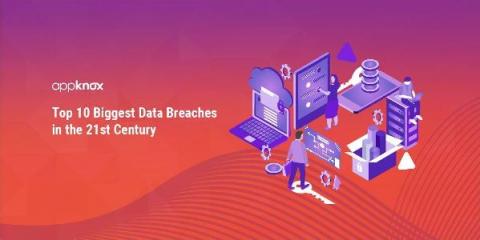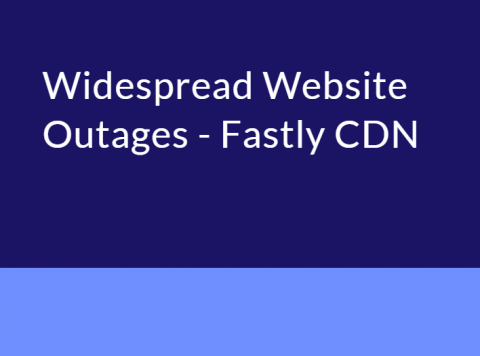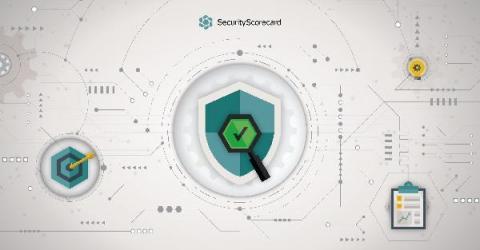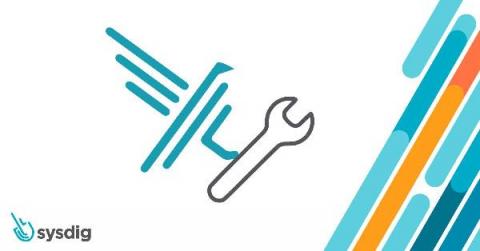What Is the Principle of Least Privilege?
As you go about the work of managing your IT environment, it’s likely that you already apply the Principle of Least Privilege (POLP, also known as “least privilege access”) — probably without giving this important concept a second thought. After all, not every employee in your company has admin rights on your website, or access to your financial accounts.











